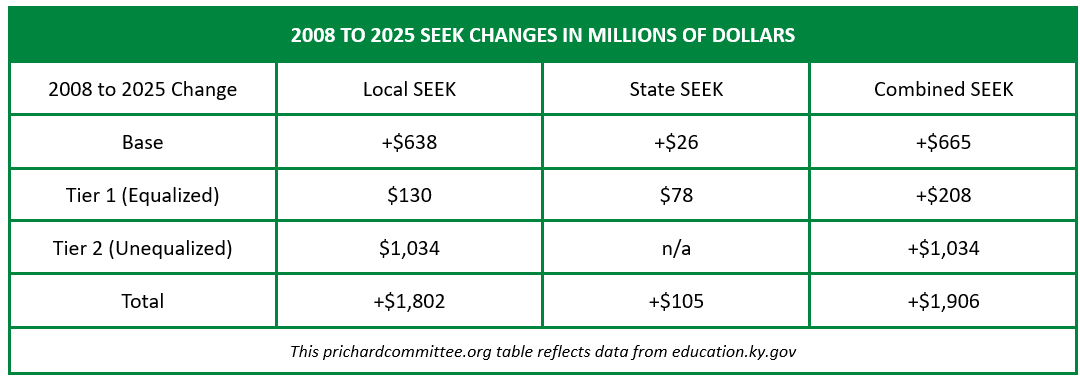In September, the Prichard Committee called for urgent attention to Kentucky’s failure to deliver for Black students, saying “The learners bring talent, knowledge, culture, experience, energy, and potential to our classrooms, and it must be our shared work to ensure that their many gifts are nurtured and richly developed.” While this year’s Kentucky’s 2020 School Report Card provides limited data on student performance, it offers important updates on some of our ongoing failures to nurture and empower Black students in our public schools, including failures in staffing, discipline, gifted and talented identification, advanced coursework, and identification of disabilities.
First, our schools have too few Black teachers. Black students are 10.6% of our public school enrollment, but Black educators are only 3.3% of our faculty. With research showing student benefits from teachers who look like them, this failure of recruitment and retention is a clear weakness in our schools. (In these charts, three shades of purple spotlight African American percentages that are 25%, 50% and 75% below African American students’ share of statewide enrollment. Shades of orange show African American rates that are 25%, 50%, 75% and 100% greater than the students’ share of enrollment.)

Second, Black students receive wildly disproportionate disciplinary consequences: they are less than 11% of all students, but receive more than 30% of reported consequences. Expulsions are the only consequence anywhere near proportionate application. This pattern cannot continue: it signals injustice and exclusion at levels that are clearly systemic failures to welcome, serve, and empower Black Kentucky.

Third, Black students are dramatically underrepresented for most gifted and talented categories, likely meaning that students with important and distinctive abilities are being overlooked and denied opportunities to develop their standout capacities. Dance is the only category in which Black students are included at rates above their share of enrollment.

Fourth, Black students are underrepresented in advanced coursework and more sharply underrepresented in earning potential college credit from that work. This part of our system is not offering Black learners solid and effective support.

Finally, Kentucky schools identify surprisingly few Black children with speech language impairments and identify disturbingly high numbers of Black children with emotional behavioral disabilities. Both issues deserve attention to be sure that students are getting supports they need and that they are not being subjected to inappropriate placements and interventions based on implicit bias or overt hostility.

The Kentucky School Report Cards offer similar data for each school and district, though you may need to do your own calculations and comparisons of percentages. I hope you will explore, looking for good news of full inclusion and taking seriously any signs of failure to deliver for the Black students of your own community.
The Prichard Committee’s September statement also offered a starting list of how to dismantle these failures and build more just approaches, calling for “deep work on implicit bias, cultural responsiveness, consistent inclusion, respectful collaboration, sustained leadership, robust funding, and shared commitment to a society that empowers us all.” The newly released 2020 School Report Card places the need for that deep work right in front of us, ready for our steady, intensive engagement so that we can build a big, bold future for Black learners.












